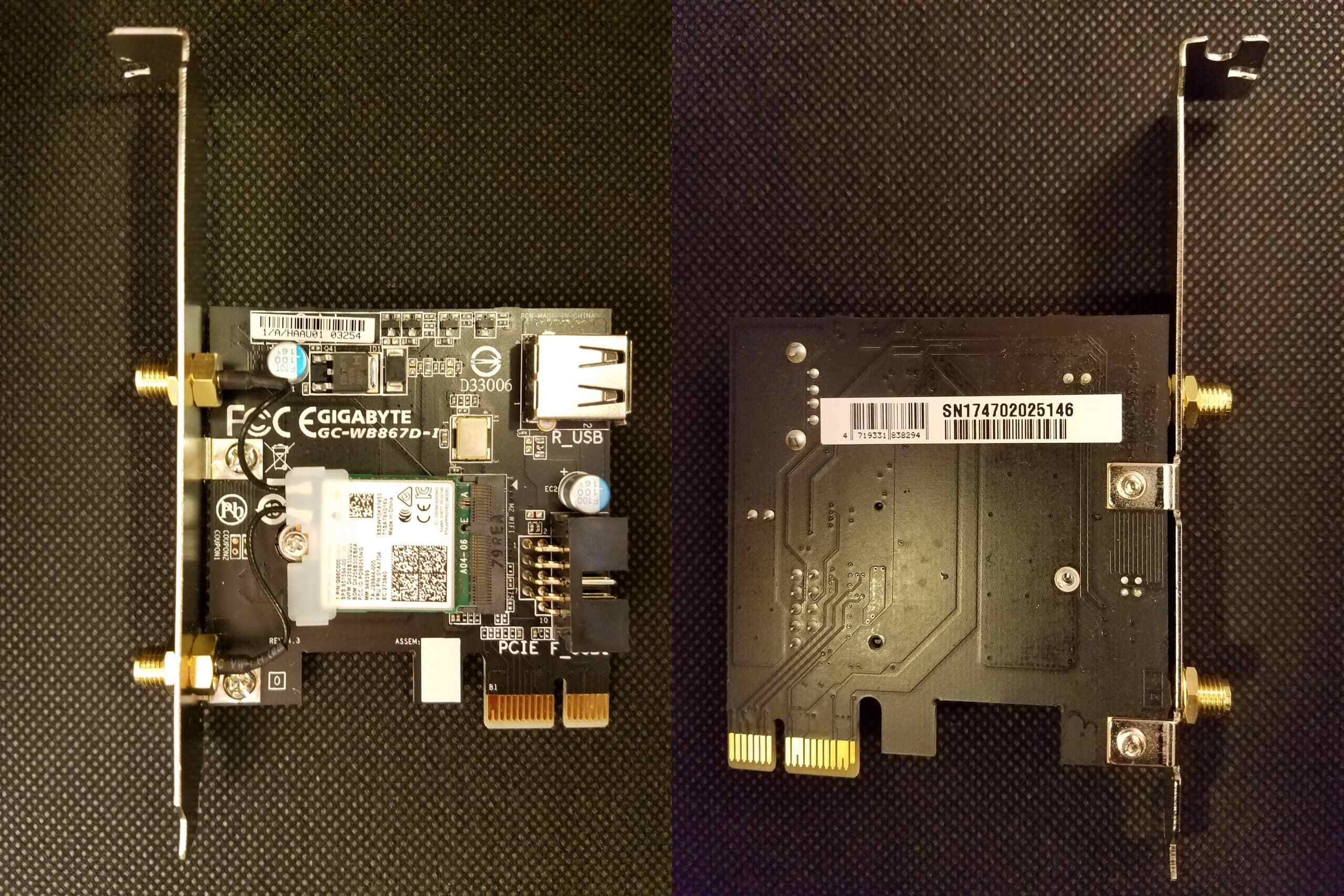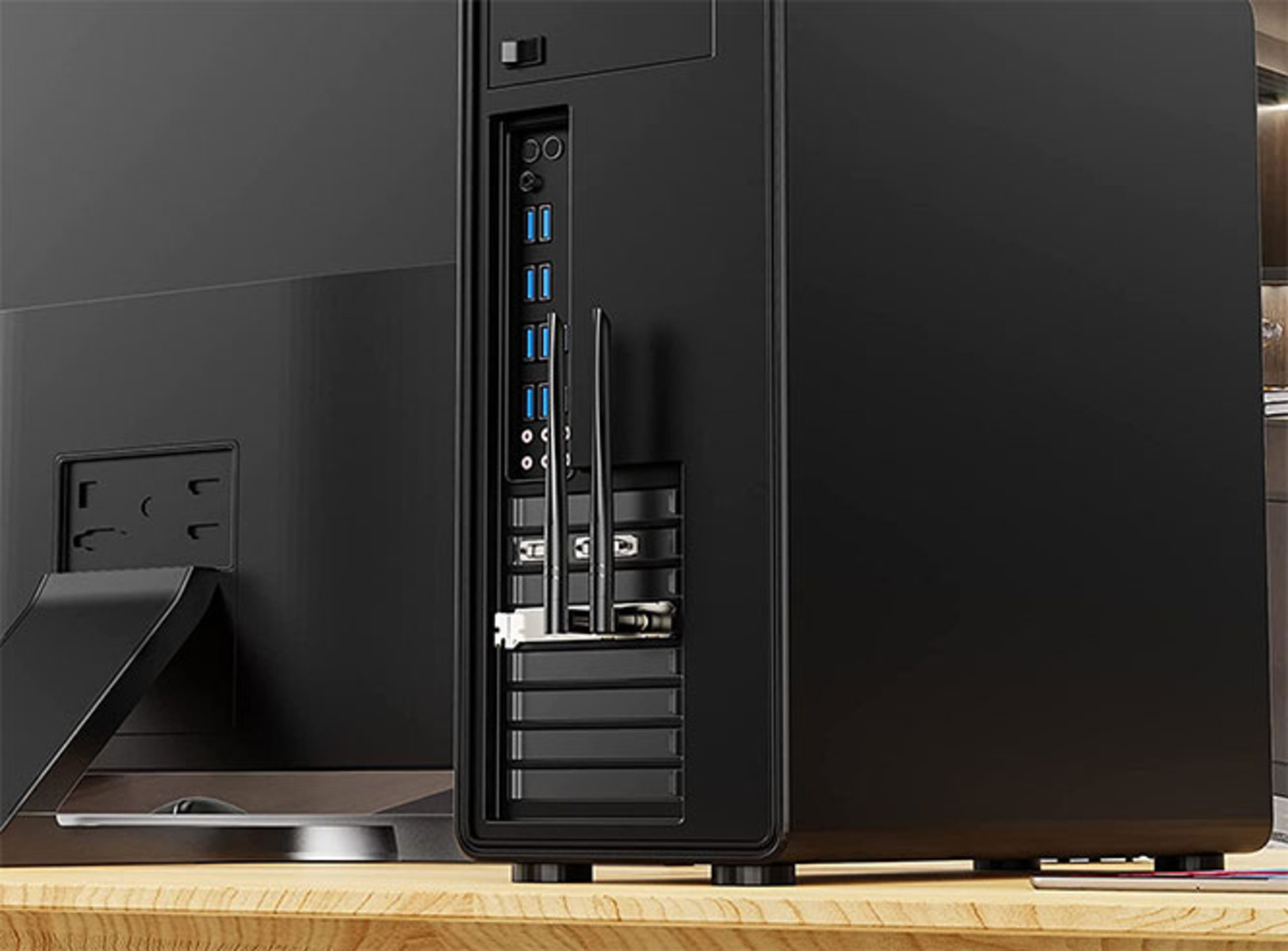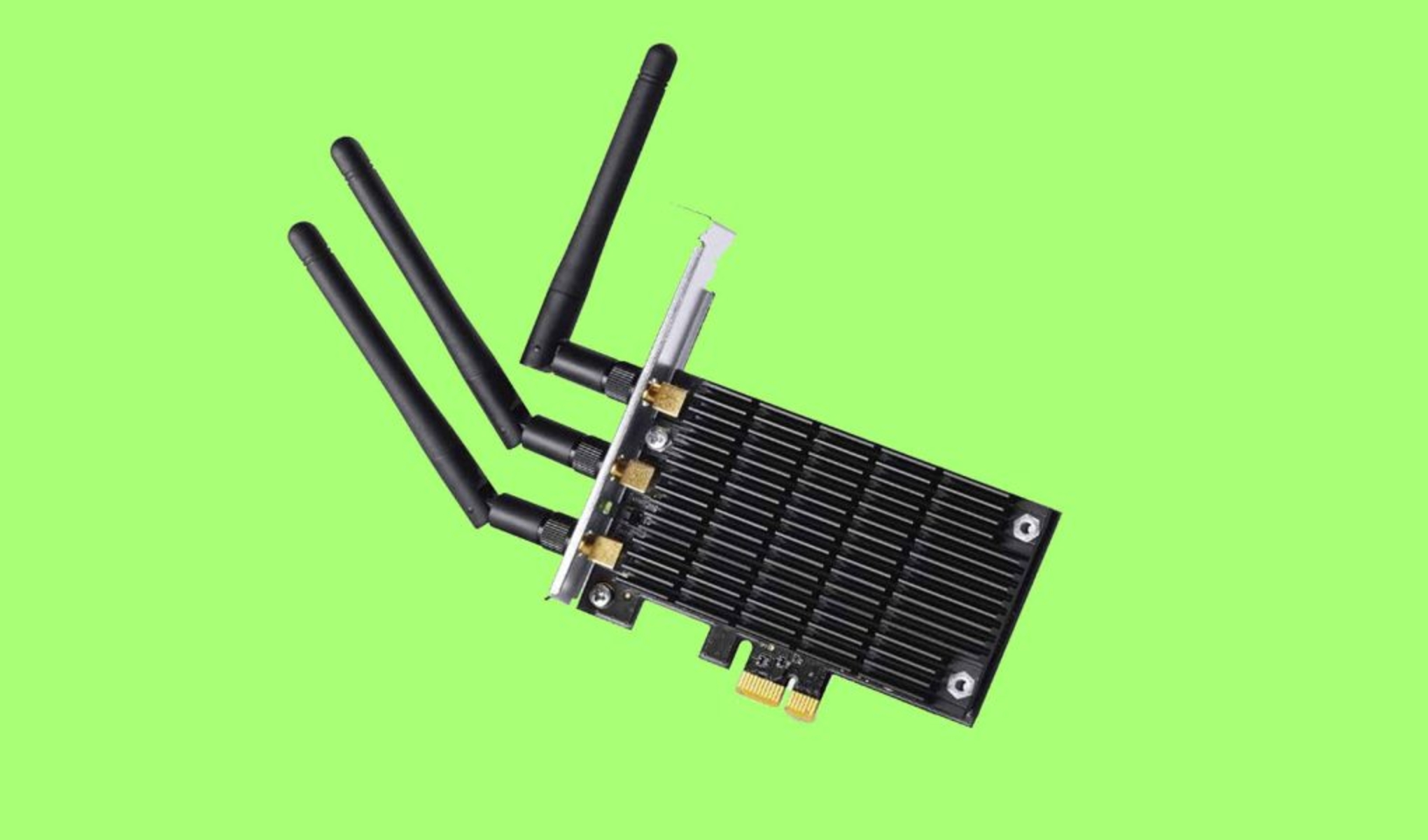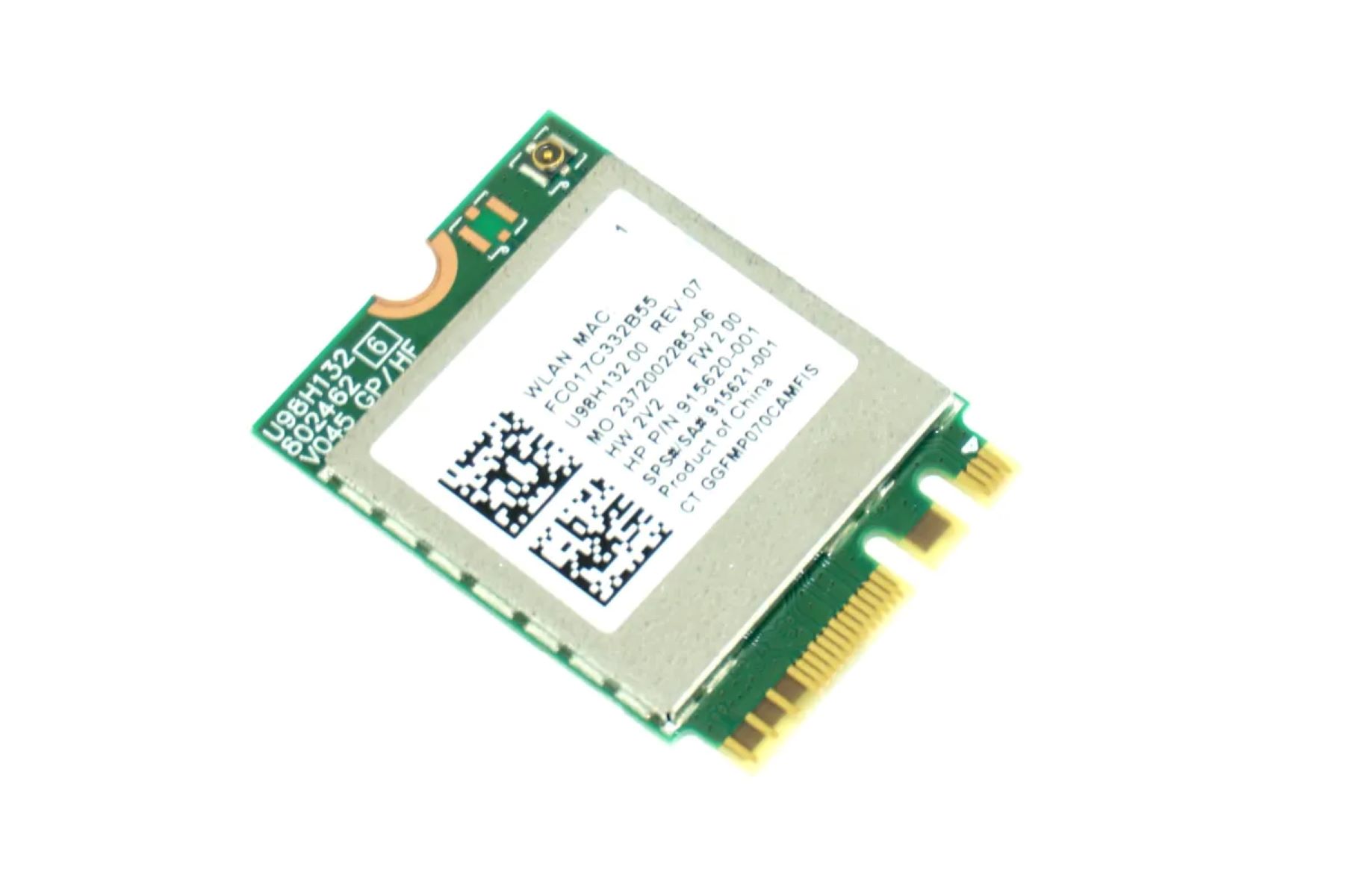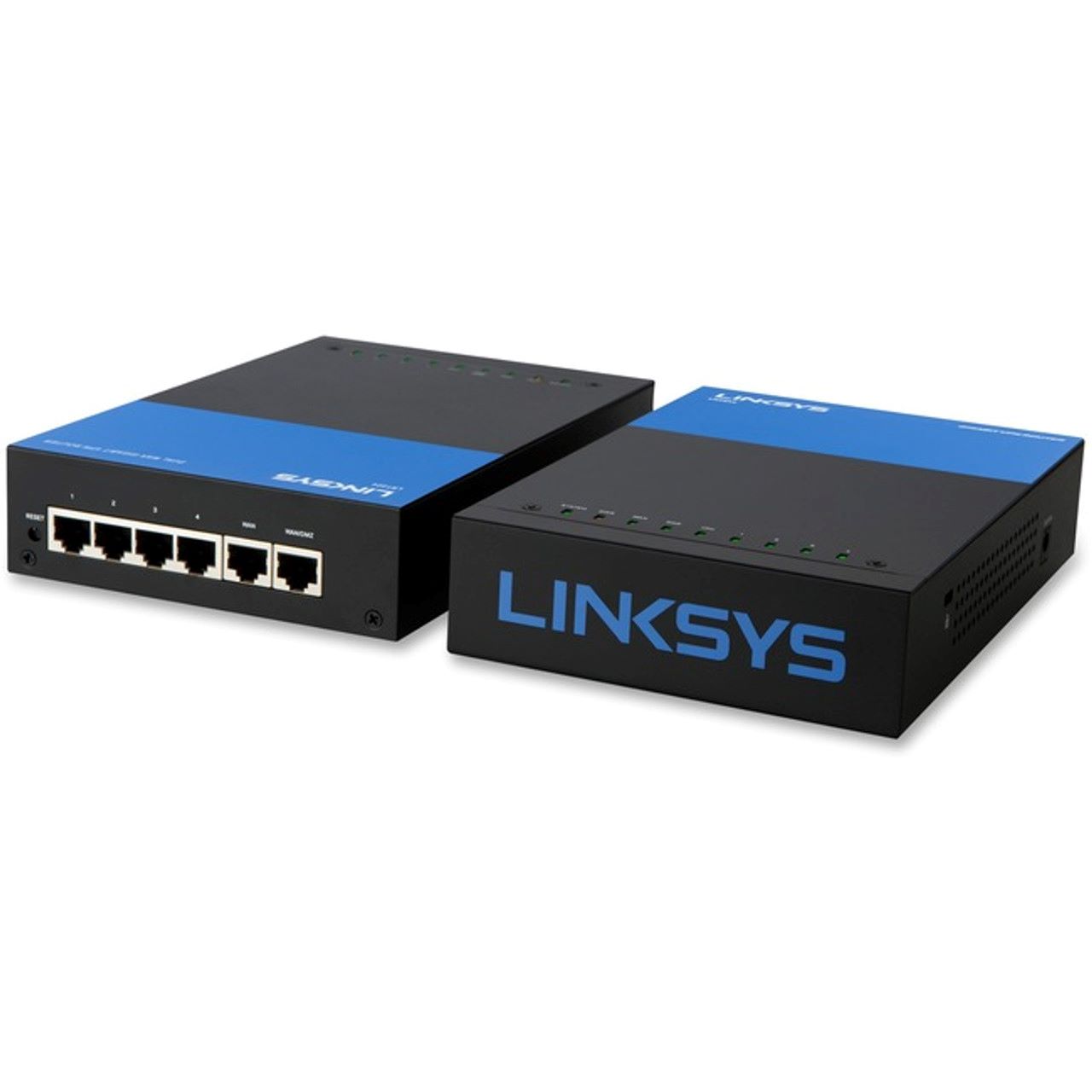The latest iteration in the lineup of Wi-Fi network protocols, Wi-Fi 6 promises a faster and more secure web surfing experience than its predecessor. The technology boasts fast browsing speeds, improved battery life, reduced network congestion, and an overall more efficient standard than the Wi-Fi 5. It was also designed to cover more devices within a larger radius. In this article, we’ll take a closer look at Wi-Fi 6 and its potential to change the future of wireless internet.


What Is Wi-Fi 6?
Wi-Fi 6, also known as the 802.11ax standard, is the latest iteration in the lineup of network protocols. It is the successor to the current network standard 802.11ac, otherwise known as Wi-Fi 5. Wi-Fi 5 was released in 2014, while Wi-Fi 6 came along five years later, in 2019. Both standards have the same purpose: to provide a gateway from which people can access the internet. However, there are significant differences in their features and capabilities.
The Institute of Electrical and Electronics Engineers or IEEE is the organization responsible for creating Wi-Fi 6 standards. The IEEE is the central authority for wireless internet and sets network standards every five years. The organization is also tasked with looking for ways to improve the technology in general. Like with other network standards, the IEEE’s main objective with Wi-Fi 6 is to push the technology further.
By the time the IEEE released Wi-Fi 5, the world was already facing an overload of devices that all needed to connect to the internet. As new technologies continue to develop, there are more and more devices to deal with. The institution took this into account and sought to create a standard that could accommodate a large number of devices at once. This capability to accommodate devices would become the defining feature of Wi-Fi 6.
Another organization that plays a significant role in the implementation of Wi-Fi 6 is the Wi-Fi Alliance, a non-profit organization that issues certification for devices with regard to their compliance with network standards. They are responsible for certifying devices that pass the Wi-Fi 6 requirements as well. Devices that pass the certification will have a seal indicating “Wi-Fi 6 certified.”
What Features Can You Expect from Wi-Fi 6?
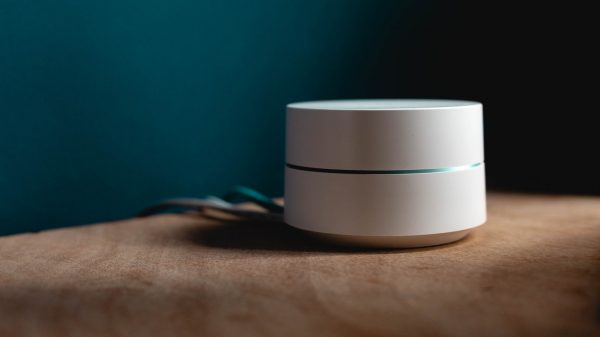

Wi-Fi 6 is already a substantial upgrade compared to Wi-Fi 5, and the two are only five years apart. Needless to say, their technology is developing at a rapid pace. The IEEE boosted Wi-Fi 6 in all aspects including speed, efficiency, and safety. It also has add-on features that are not available in the previous version.
Here are some features that you need to know about:
Faster Speeds


Wi-Fi 6 has approximately three times the maximum speed or bandwidth for Wi-Fi 5. It has a maximum bandwidth of 10 Mbps, while the former only has 3.5 Gbps. 10 Gbps will speed up the download times for your apps and files, and it will allow you to run high-bandwidth applications with fewer hiccups. You can also link up more devices to the network without affecting the coverage on each device. You can easily verify this when you check your internet speed.
However, it’s important to note that your actual speeds will still depend on the maximum speeds set by your internet service provider (ISP). For example, let’s say that your internet plan has a speed cap of only 5 Gbps. Even if you had a Wi-Fi 6 router capable of 10 Gbps, the router would only be able to download at the latter speed. If you want to maximize your Wi-Fi 6 router, you would have to get a plan with a cap that matches its capability.
Wi-Fi 6 routers also have the ability to recognize devices that are on the “edge” of the network. These are the devices that are physically far from the router. In which case, the router will send stronger signals towards those devices. This will help those devices to get equal bandwidth as the devices that are closer to the router.
Better Battery Life


Target wake time (TWT) is another key piece to Wi-Fi 6. TWT allows a router’s access point to negotiate with the internet of things (IoT) devices, set intervals for when the devices can send and receive data. We use the term “negotiate” in the sense that each device has a different wake-time schedule.
The way it works is that the access point only wakes the device during pre-set time intervals. For example, you can set the access point to your thermostat to wake only at intervals of thirty minutes, after which the access point will shut down again. In between these intervals, the device will remain in a power-saving (PS) mode.
The IEET aims this particular feature at IoT devices that are powered by an external power source such as batteries. Examples of devices that are the best fit for this feature include thermostats and home sensors of all kinds. Increasing the sleep time of devices will help them save on both power and battery life.
Reduced Congestion


Most people can relate to the experience of trying to connect to the internet in a room packed with people who are also connected to the same network. For most, the experience is almost always accompanied by some sort of interruption. This happens because the network is overcrowded, and you have too many devices competing for bandwidth. Wi-Fi 6 tries to solve this problem by employing a variety of mechanisms to distribute bandwidth.
The first is called the multi-user, multiple-input, multiple-output (MU-MIMO). MU-MIMO divides overall bandwidth into four streams with equal bandwidth allocation. However, in the case of Wi-Fi 6, the streams are double that of the MU-MIMO for a total of eight streams delivering equal amounts of bandwidth.
The orthogonal frequency division multiple access (OFDMA) is another crucial feature. This technology reduces latency by dividing a radio frequency into smaller chunks called resource units (RUs). The router assigns an RU to each device on the network. This way, when the technology transmits radio signals, all devices on the network are able to receive them in equal measure. This approach allows signals to get to multiple client devices simultaneously.
Blocking Out External Signals
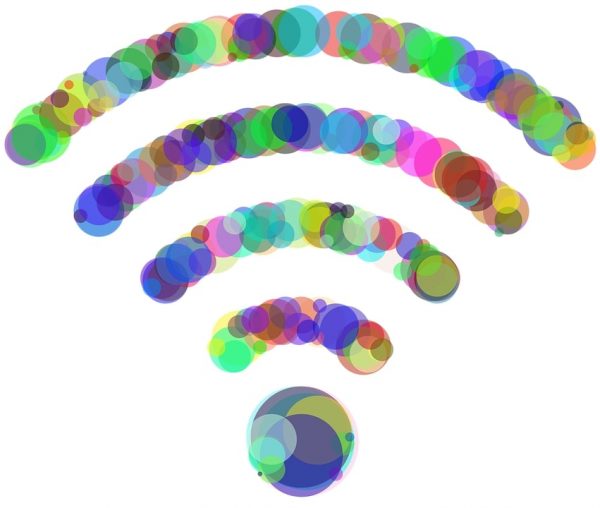

Another key feature is what they call base service station coloring (BSS) coloring. This feature marks the transmissions coming from your network with a special identifier or “color.” Suppose your neighbor’s transmissions happen to overflow into your space, the router will know which signals to ignore and which to pay attention to.
Improved Security


Wi-Fi 6 also differs from Wi-Fi 5 in terms of security protocols. The IEEE designed a new security protocol Wireless Protected Access 3 (WPA3) to improve upon the original security protocols used in Wi-Fi 5 (WPA-2). It protects your network from potential intruders by making it harder for unauthorized persons to guess your network password. Password selection is also now less complicated by allowing users to set passwords that are easier to remember. In addition, it protects your data even after your network has been compromised.
Backward Compatibility


The IEEE has mandated that each new standard should have backward compatibility. Having said this, the Wi-Fi 6 is also fully backward compatible. This means that you don’t won’t have to buy an entirely new set of devices to use it. Most of the devices that you own will probably work with the standard, even though they do not support the 802.11ax standard themselves.
However, keep in mind that there is no complete assurance for compatibility. There is always a chance that a device will not work with a Wi-Fi 6 network due to different reasons. For example, a legacy device that can only work with anywhere between 1 to 2 Mbps might not work with a Wi-Fi 6 router. Similarly, a device that does not have WPA3 support cannot connect to a Wi-Fi 6 network. Some routers also require a driver update or a manual update before they can accommodate a Wi-Fi 6 network.
It will take some time before the public truly adopts the Wi-Fi 6 standard. Even now, most companies haven’t fully upgraded their devices to follow the Wi-Fi 6 standard. This means that most of the devices that you see in the stores still support Wi-Fi 5. Nevertheless, the IEEE expects the technology market to keep up.
What Is Wi-Fi 6E?


If you look through your router’s settings, you might notice that it has two frequencies: 2.4 GHz and 5 GHz. These frequencies or “bands” carry the data that pass to and from the wireless network. All versions of the wireless standards have relied on the 2.4 GHz and 5 GHz bands to transfer data, including Wi-Fi 5 and Wi-Fi 6. In early 2020, the US Federal Communications Commission granted unregulated access to a more powerful band called the 6 GHz band. Unfortunately, the opening of the 6 GHz band came too late for the original version of the Wi-Fi 6. Simply put, the original version failed to incorporate ways for devices to access the 6 GHz band. To remedy the situation, the IEEE created another version of the standard and called it Wi-Fi 6E. The “E” in the title stands for “extended.”
The Wi-Fi 6E is essentially identical to Wi-Fi 6 in terms of specifications, except that it can tap into the 6GHz band. Having access to the 6 GHz band has a lot of advantages. For starters, not a lot of networks have used the band so it’s relatively unhampered. This is a good break from the standard bands, which are already cramped. It also supports up to eight times more radio bands than the standard 5 GHz. With this ability comes a boost in bandwidth, faster speeds, and lower latency. This makes it ideal for virtual reality gaming and high-definition video conferencing.
One key disadvantage to Wi-Fi 6E is that it lacks backward compatibility. Unlike Wi-Fi 6 that works on older devices, the Wi-Fi 6E requires purpose-built devices to work with. There is currently a limited number of devices that are purpose-built for Wi-Fi 6 and even less for Wi-Fi 6E.
Is Wi-Fi 6 Worth the Upgrade?


Now that we’ve explored the many features of Wi-Fi 6, it’s time to ask, is it worth the upgrade? When is the best time to get it? The answers really depend on your situation.
When to Get Wi-Fi 6


Getting Wi-Fi 6 may be a good idea if you have multiple devices on the same network that are using the internet simultaneously. It’s a good idea for a busy household with multiple devices working at the same time. It also works for crowded or spacious locations (e.g., conference hall, sports arena, library). In these cases, you will be able to maximize the speed boost (10 Gbps) and anti-congestive capabilities of the technology.
Moreover, routers that are older than three years may prevent you from getting the most of your internet plan. If you think your router is not doing its job or is undermining your bandwidth, then it may be time to replace it. If you see signs that you need a new router, it’s best to replace your old one with the best Wi-Fi 6 router that you can get.
Getting Wi-Fi 6 devices is also a great investment for the future. The technology will inevitably end up on your doorstep in one form or another. Your next router, phone, laptop, or smart speaker will most likely have support for it.
When Not to Get Wi-Fi 6


If you use a few devices for basic use cases (e.g., movie streaming, online games), you may not need the bandwidth boost. You may also not have any need for the anti-congestive features of the technology.
Most companies have also yet to release devices that directly support Wi-Fi 6, and Wi-Fi 6E compatible devices are even more difficult to find. Because the technology is still scarce in the market, that means that there are still limited options for consumers to choose from. This also makes the technology expensive. Case in point, a Wi-Fi 6 router can set you back USD 100 more than a regular router. Clearly, if you are not prepared to spend extra on a router or other device, then best to stick with common devices.
The most prudent approach is always to hold on to your devices until they have reached the end of their useful lives. This is the economical way and the environmentally-friendly way. If you really want to replace gadgets that are still working, there are ways in which you can have them recycled so they become useful to someone else.
Final Thoughts on Wi-Fi 6


Wi-Fi 6 is a wholly necessary and welcome development with the potential to change everything. It will take some time before the technology is fully available and even more time for people to adopt it.
Nevertheless, its potential to transform our experience with the internet is already clear as day. It will allow us to engage with the internet at a much faster, efficient, and stable pace. It will also allow for mass-scale access to the internet in places that didn’t have it before. But most crucial of all is its potential to pave the way for technological innovation, as it serves as the pillar for many new devices and technologies.










